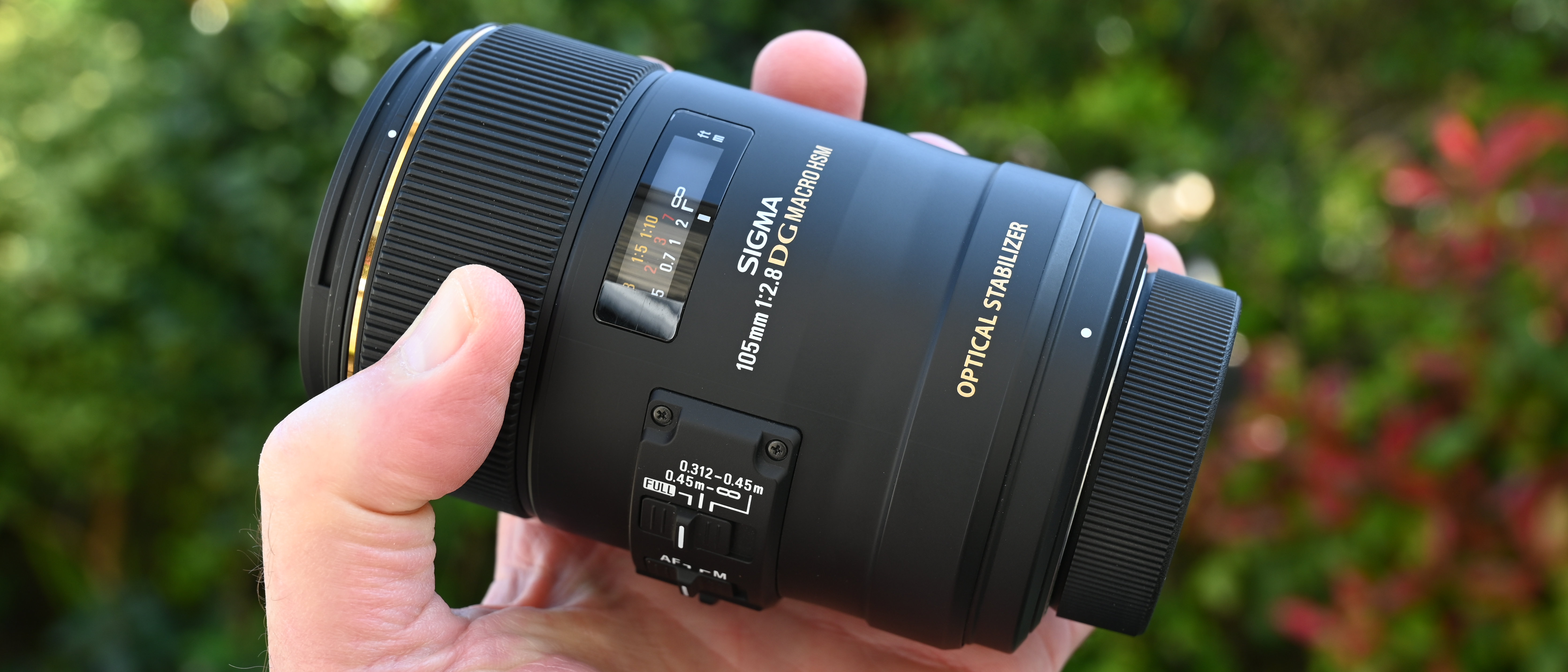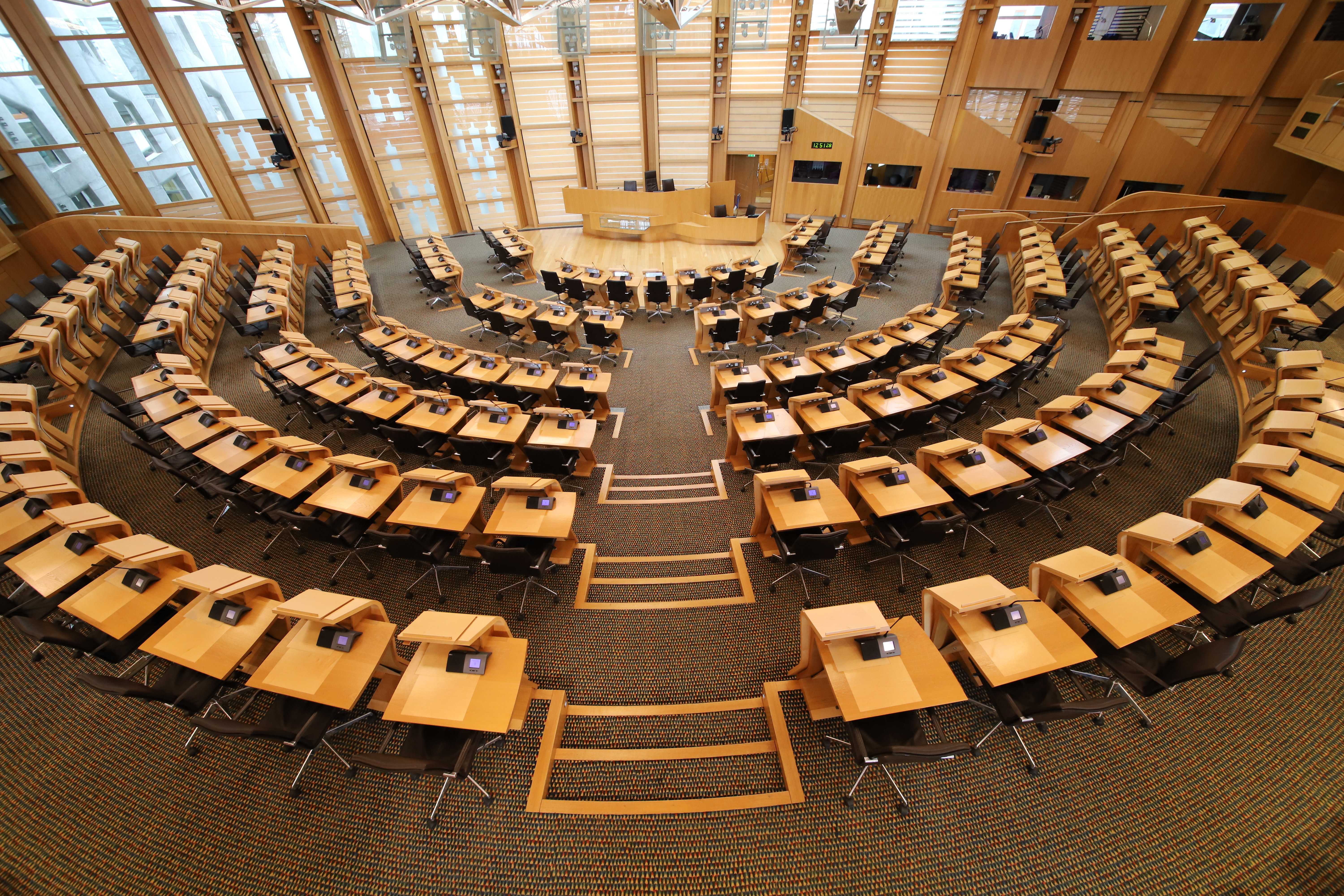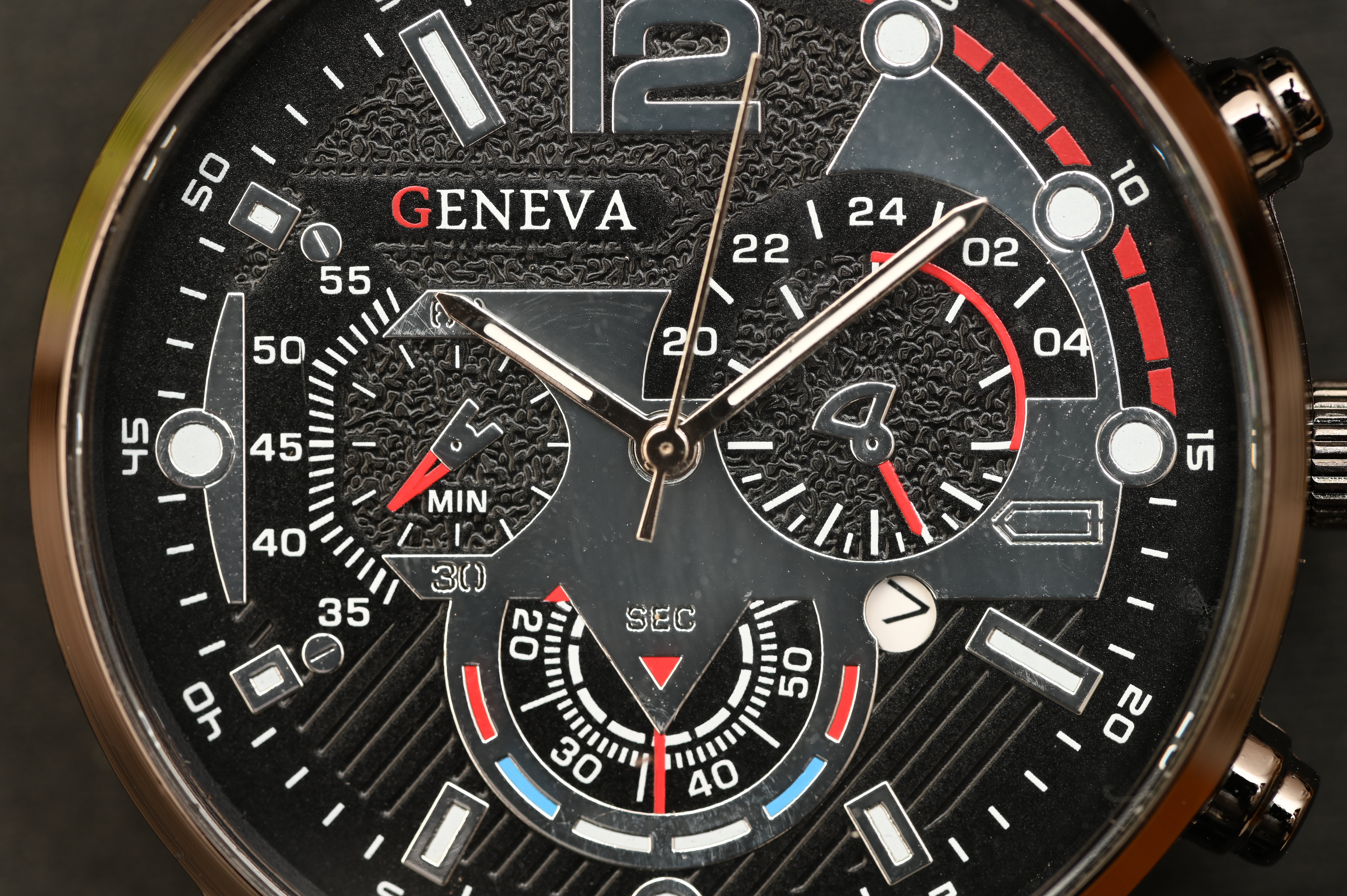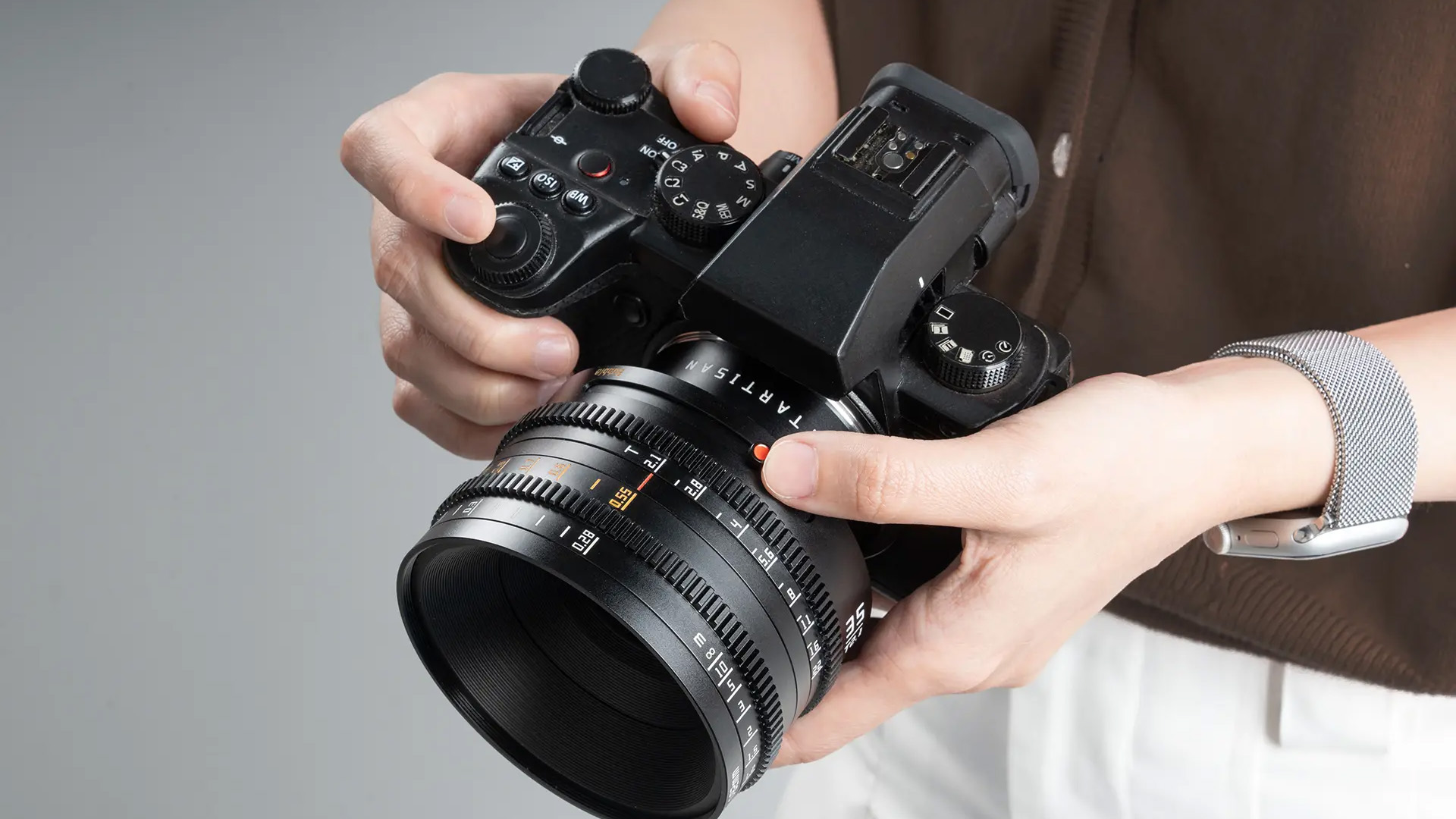I bought second-hand DSLR lenses and saved a small fortune on lenses for my mirrorless camera
Why on earth would you slap old glass on a new camera? I found two very good reasons in the shape of a Sigma wide-angle zoom and macro prime…

I shot with film and digital SLRs for decades, but not any more. Why not? Two reasons – the Nikon Z6 II and Nikon Zfc. I jumped aboard the good ship mirrorless with these two bodies and have never looked back – but it’s not ditching the flippy-flappy reflex mirror or yearning for a more slimline body that swayed me.
The thing that really piqued my interest was reading about how the larger-diameter flange of the Z system lens mount, and its closer proximity to the image sensor, gave Nikon’s lens designers a whole new freedom in the pursuit of excellence.
I’ve tested pretty much every Z system lens that’s been launched over the years, and reviewed most of them. And sure enough, pretty much all of them are superb and most are absolutely fabulous.
But now I’ve gone a bit crazy. Bearing in mind the advantages of the bigger Z mount flange and proximity to the image sensor, why on earth would I buy a pair of old F-mount lenses designed for DSLRs?
They have to be used via an FTZ or FTZ II mount adapter that features a smaller lens flange and adds the distance back in-between the rear of the lens and the sensor. Maybe it’s madness. But maybe it’s just sound economic reasoning.

It's perhaps all too easy to forget that photographers have been taking stunning photographs with SLR-style lenses for a very long time – and many of them still do. That includes some of the best wide-angle lenses, best landscape lenses and best macro lenses.
So here’s the thing: I don’t tend to use ultra-wide-angle lenses very often, and the same goes for macro lenses. Sure, I could go out and buy a shiny new Nikon Z 14-24mm f/2.8 S wide-angle zoom for $2,497 / £2,379 or even a ‘cut-price’ Nikon Z 14-30mm f/4 S for $1,347 / £1,349.
Get the Digital Camera World Newsletter
The best camera deals, reviews, product advice, and unmissable photography news, direct to your inbox!
If I had anything left in the bank, I could also buy a Nikon Z MC 105mm f/2.8 VR S macro lens for $1,047 / £1,049. All three are terrific options, but that’s an awful lot of money to spend on a pair of lenses that are going to be sat around doing nothing for most of the time.
In a fit of financial finesse, I spent a fraction of the cost on a Sigma 12-24mm f/4.5-5.6 II DG HSM ultra-wide zoom for £174 and a Sigma 105mm f/2.8 EX DG OS Macro for at £214. I bought them both second-hand in ‘like new’ condition from a reputable dealer, complete with a 6-month (extendable) warranty.
In the USA, I’d expect to pay around $358 for the 12-24mm and $374 for the 105mm macro. That’s not such great value but it’s still a huge saving.

And guess what – the image quality and all-round performance is actually very impressive. The 12-24mm isn’t as scary-sharp out to the edges as the own-brand Nikon Z 14-24mm and Z 14-30mm, but it gives a considerably wider maximum viewing angle.
The 105mm macro lens is first-class, with scintillating sharpness for extreme close-ups, and it works really well as a portrait lens or for any time I want a fairly fast, short telephoto prime. Sometimes it pays to settle for less than the latest, greatest glass – literally.
You might also like…
Take a look at the best Nikon Z lenses for mirrorless bodies, along with the best Nikon lenses for DSLRs and mirrorless alike. And check out more of the best lenses for the Nikon Z6 III and best lenses for the Nikon Zfc specifically.
Matthew Richards is a photographer and journalist who has spent years using and reviewing all manner of photo gear. He is Digital Camera World's principal lens reviewer – and has tested more primes and zooms than most people have had hot dinners!
His expertise with equipment doesn’t end there, though. He is also an encyclopedia when it comes to all manner of cameras, camera holsters and bags, flashguns, tripods and heads, printers, papers and inks, and just about anything imaging-related.
In an earlier life he was a broadcast engineer at the BBC, as well as a former editor of PC Guide.
You must confirm your public display name before commenting
Please logout and then login again, you will then be prompted to enter your display name.

